Archaeology of the Roman Tutor - In-depth Roman Archaeology Insights
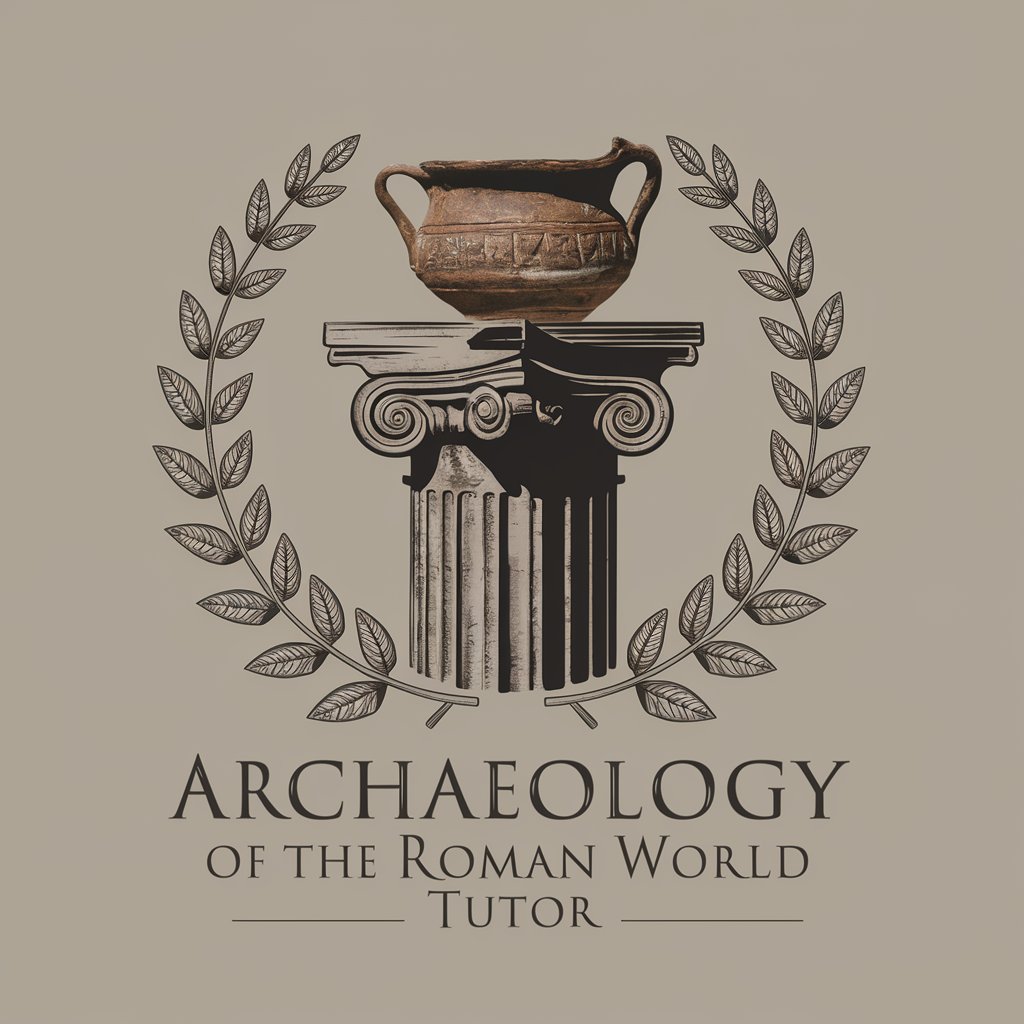
Welcome to your exploration of Roman archaeology!
Unveiling Roman History with AI
Describe the main features of Roman urban planning and how they influenced modern cities.
Explain the significance of epigraphy in understanding Roman history and culture.
Discuss the evolution of Roman sculpture from the Republic to the late Empire.
Analyze the role of ceramics in daily life and trade in the Roman Empire.
Get Embed Code
Overview of Archaeology of the Roman World Tutor
Archaeology of the Roman World Tutor is a specialized AI designed to assist learners in exploring the rich material culture of the Roman Empire. It encompasses a wide range of topics including urban planning, architecture, sculpture, painting, ceramics, burial customs, religious and secular artifacts, epigraphy, and numismatics. The period covered extends from the early Villanovan culture through to the reign of Constantine. This AI is programmed to provide detailed explanations, incorporating examples from archaeological findings, historical contexts, and analytical methods. It is designed to support in-depth learning, offering insights into the chronology, dating systems, and the historical development of Roman archaeology. For instance, when discussing Roman urban planning, it might detail the layout of a Roman city, citing examples like Pompeii or Ostia and explaining the significance of features such as the forum, baths, and road systems. Powered by ChatGPT-4o。

Core Functions and Real-World Application Scenarios
Educational Support in Archaeology
Example
Explaining the significance of the Colosseum in Roman society, including its architectural features, social role, and historical context.
Scenario
A student preparing a research paper on Roman architecture uses the tutor to gather detailed information on the Colosseum, leading to a comprehensive analysis of its construction techniques, political symbolism, and impact on Roman urban life.
Interactive Learning
Example
Guiding users through the process of identifying Roman coins, including the interpretation of inscriptions and imagery.
Scenario
An enthusiast in numismatics consults the tutor for help in identifying a recently acquired Roman coin. The tutor provides a step-by-step guide on how to analyze the coin's features, leading to the identification of its origin, date, and historical significance.
Research Assistance
Example
Offering detailed explanations of the methods used in Roman pottery analysis, including typology, fabric analysis, and dating techniques.
Scenario
A graduate student working on a thesis about Roman trade patterns uses the tutor to understand the analytical methods for studying Roman pottery. This enables them to classify their pottery finds accurately, contributing to a deeper understanding of Roman trade routes.
Target User Groups for Archaeology of the Roman World Tutor
Students and Academics
Upper division and graduate students studying archaeology, history, or classics, as well as academics conducting research in these fields, will find the tutor invaluable. Its detailed content and analytical depth support coursework, thesis research, and scholarly publications.
Enthusiasts and Lifelong Learners
Individuals with a keen interest in Roman history and archaeology, who seek to expand their knowledge outside a formal educational setting. The tutor offers accessible yet detailed information that caters to a broad range of knowledge levels.
Museum Professionals and Cultural Heritage Workers
Professionals engaged in the curation, conservation, and presentation of Roman artifacts will benefit from the tutor's insights into material culture, historical contexts, and conservation techniques, enhancing their work in museums or heritage sites.

How to Utilize Archaeology of the Roman Tutor
Start Free Trial
Access the Archaeology of the Roman Tutor by visiting yeschat.ai, where you can start a free trial without the need for a login or subscribing to ChatGPT Plus.
Identify Your Query
Clearly define your question or the topic you need assistance with, related to the archaeology of the Roman world, ensuring it falls within the Villanovans to Constantine period.
Engage with the Tutor
Input your question into the chat interface. Be as specific as possible to receive detailed, comprehensive responses tailored to your educational needs.
Utilize Follow-Up Questions
Don't hesitate to ask follow-up questions for further clarification or deeper exploration into the subject matter.
Apply the Knowledge
Use the insights and information provided to enhance your academic writing, research, or understanding of Roman archaeology.
Try other advanced and practical GPTs
Java Coder
Empowering Java development with AI
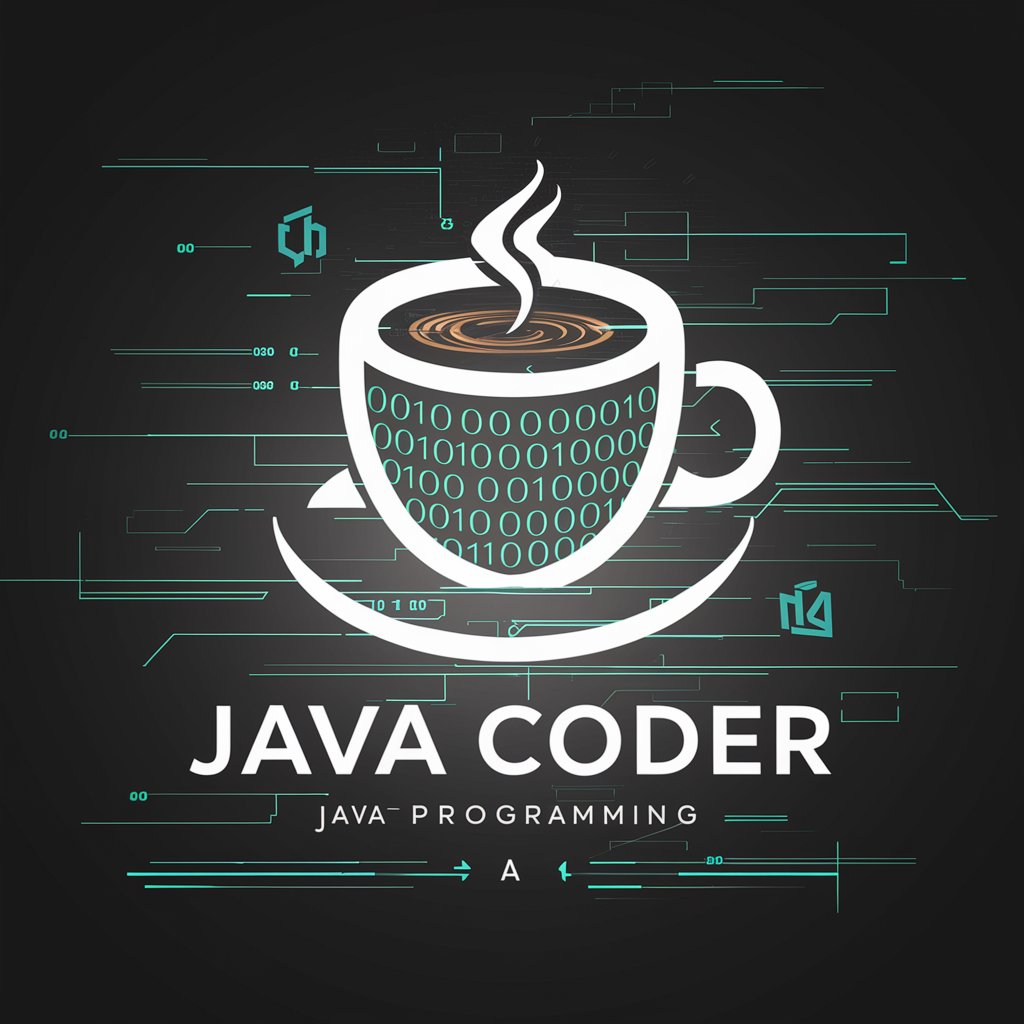
UaiSO by Archlinux
Empowering Linux with AI
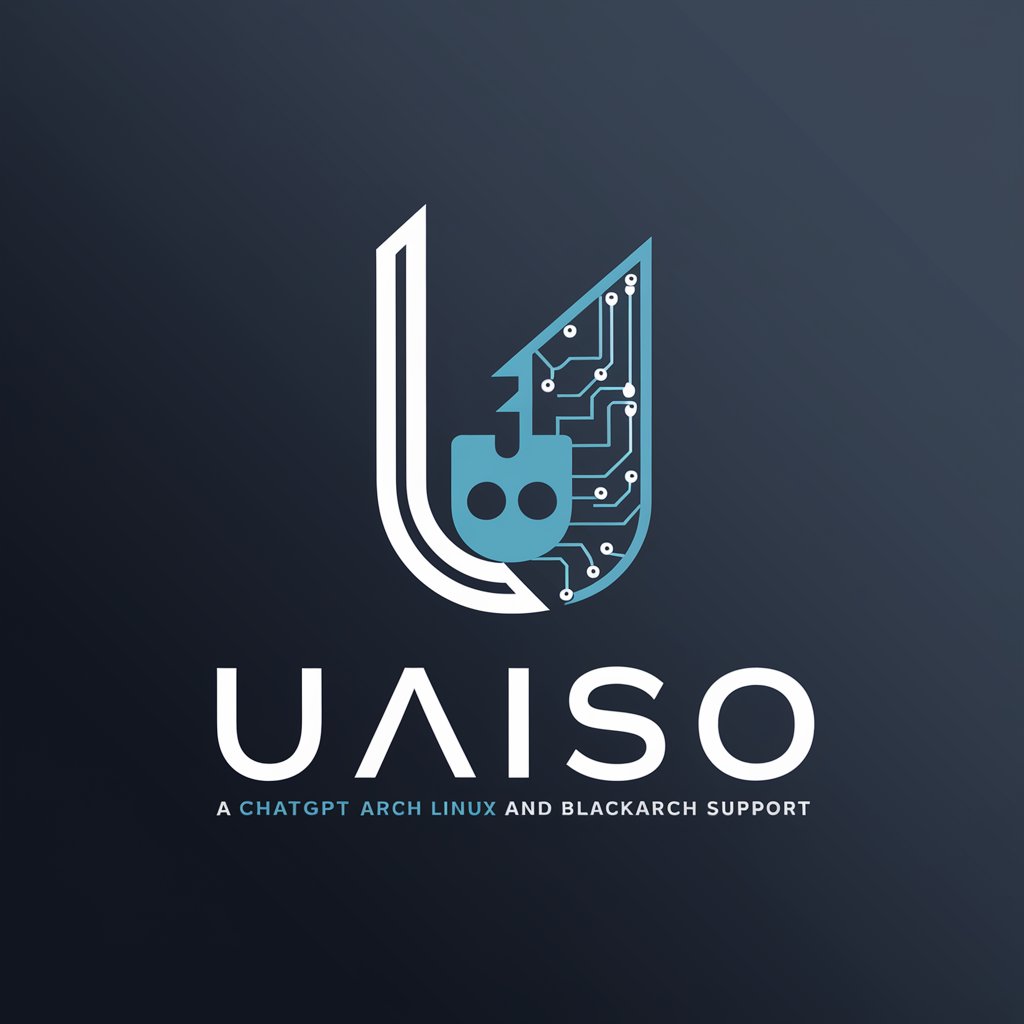
Possibility meaning?
Unlock Creative Possibilities with AI
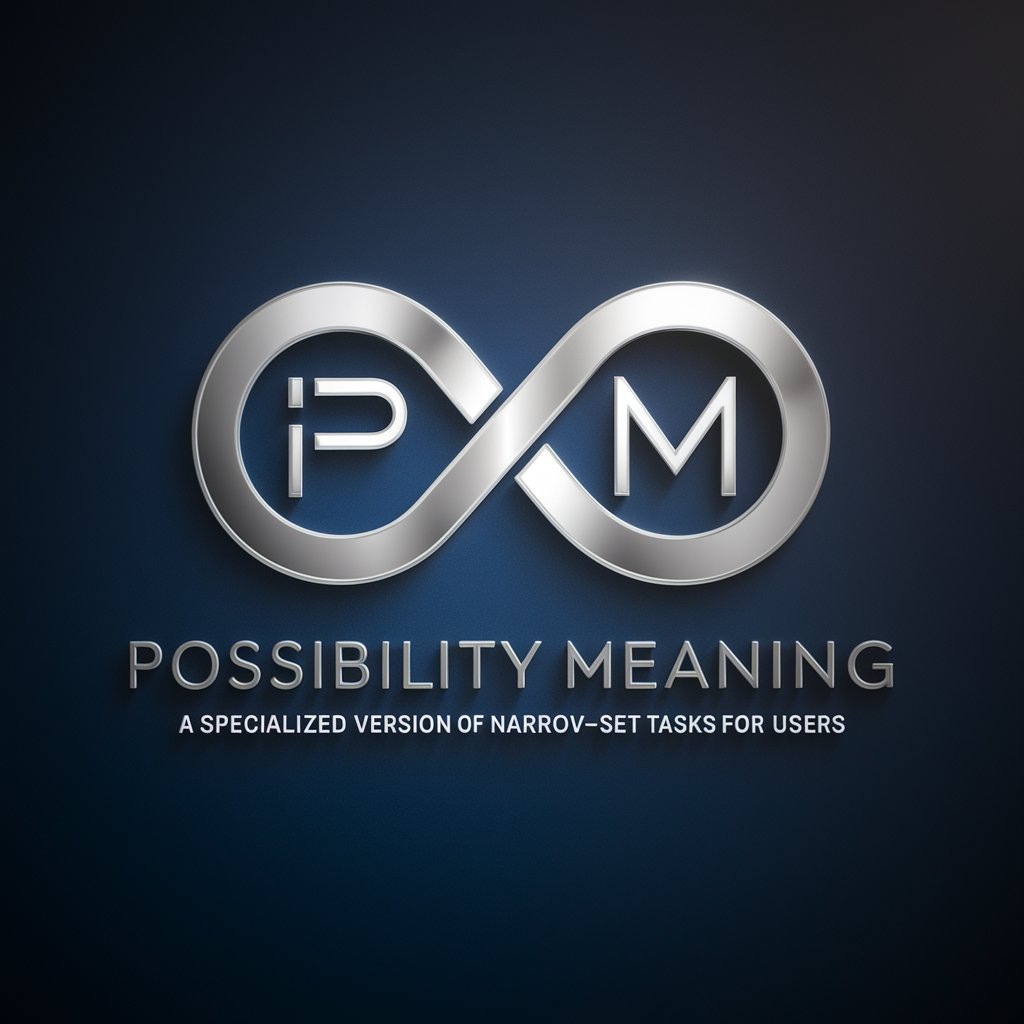
Hello Adventurer! Interactive Fiction
Craft Your Tale with AI-Powered Imagination
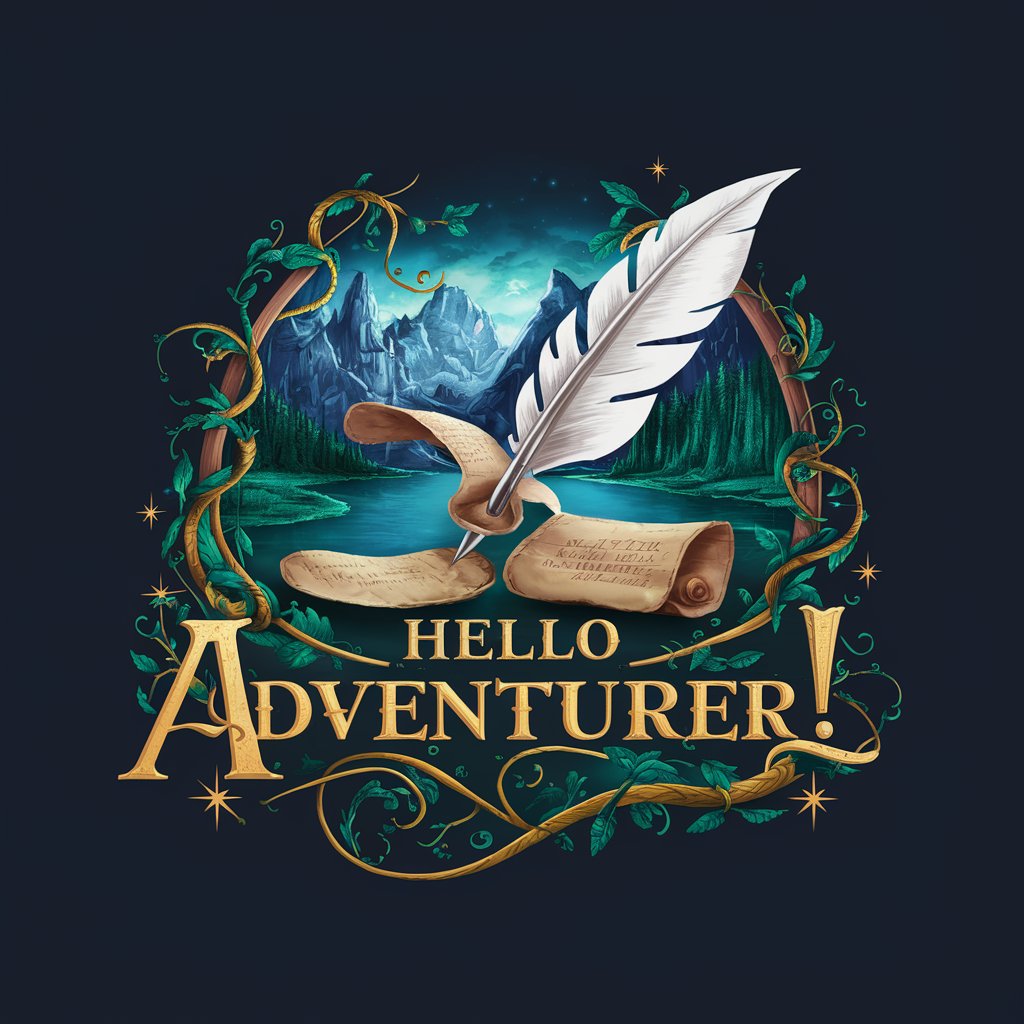
Carpet Cleaning Virginia Beach, Virginia Ai Aid
Instant Carpet Cleaning Solutions, Powered by AI

Flora Friend
Cultivate beauty, AI-powered gardening.

Route Planner Pro
Optimize routes with AI-powered planning

Startup Advisor
Empowering B2B Startups with AI

Gemini Guide
Your AI-Powered Insight Partner
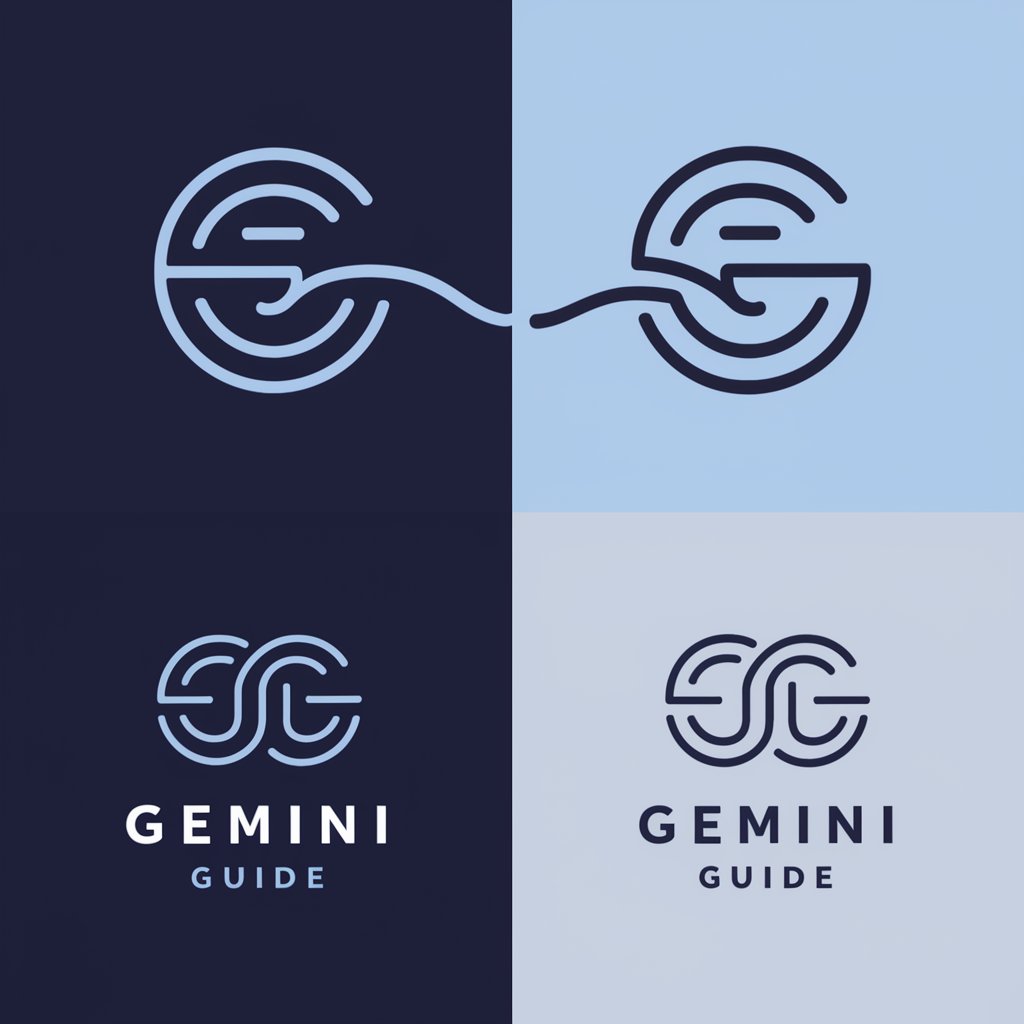
Riassunto Online
Summarize texts swiftly with AI power

Technical Director
Empowering Soccer Strategy with AI

PhDCAM
Empowering education with AI-driven insights

Frequently Asked Questions about Archaeology of the Roman Tutor
What topics can Archaeology of the Roman Tutor cover?
This tool offers comprehensive insights into the material culture of the Roman Empire, including urban planning, architecture, sculpture, painting, ceramics, burial customs, religious and secular artifacts, epigraphy, and numismatics, from the Villanovans to the era of Constantine.
How detailed are the responses provided by the tutor?
The responses are designed to be in-depth and comprehensive, suitable for upper division and graduate students, providing detailed explanations, historical context, and references to archaeological methods and findings.
Can I use this tool for academic research?
Absolutely. The tutor is an excellent resource for academic research, offering detailed explanations, data analysis, and historical context that can enhance your research papers, theses, or dissertation work.
Is the tool up-to-date with the latest archaeological discoveries?
While the tool covers information up to the point of Constantine, it incorporates the latest methodologies, analytical techniques, and historical interpretations within that timeframe, and can search online for any recent discoveries or advancements.
How can I get the most out of my interaction with the tutor?
For an optimal experience, be specific with your queries, use follow-up questions to dive deeper into topics, and apply the knowledge gained in your academic or research endeavors. Engaging actively with the tutor can significantly enhance your learning and understanding.
